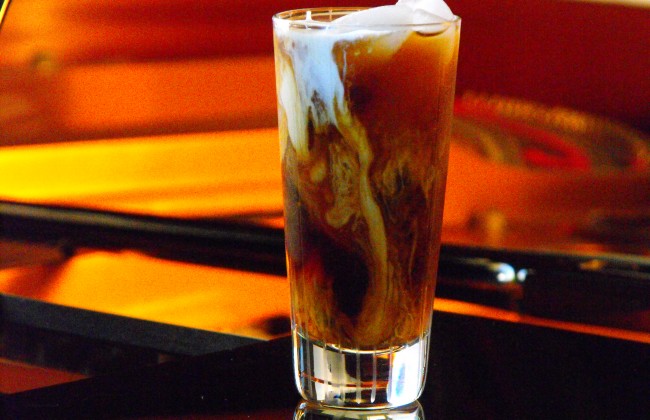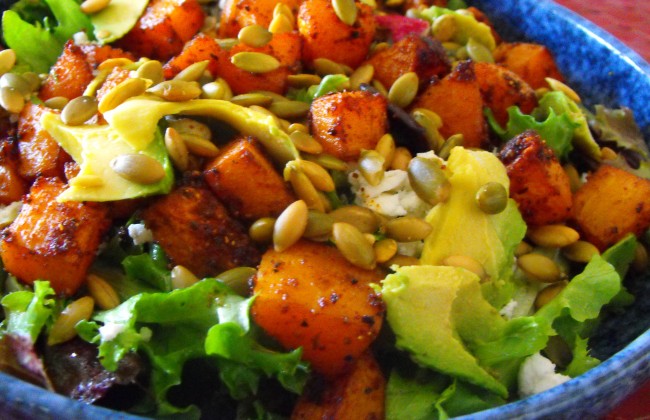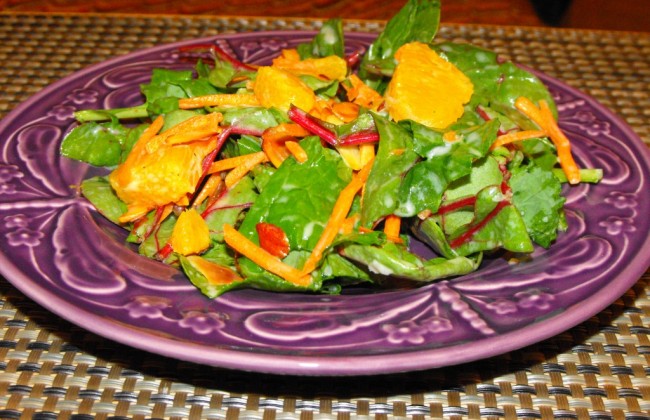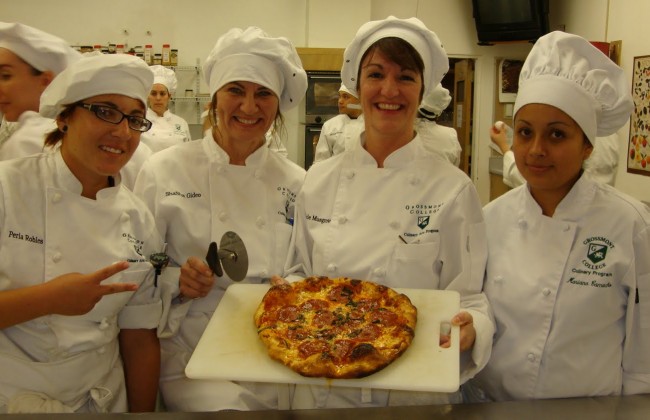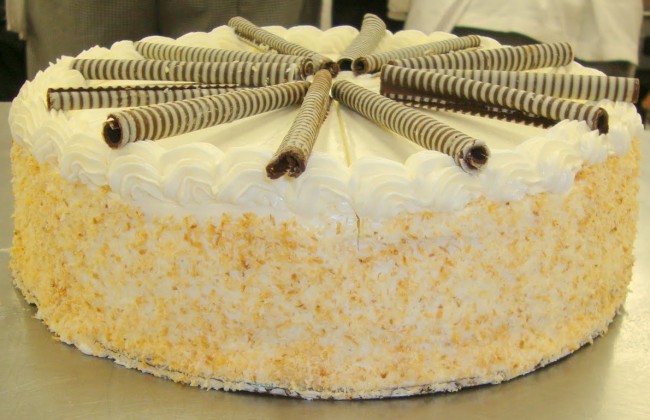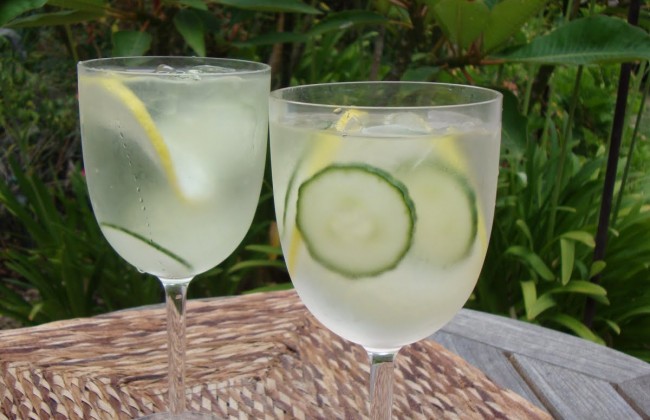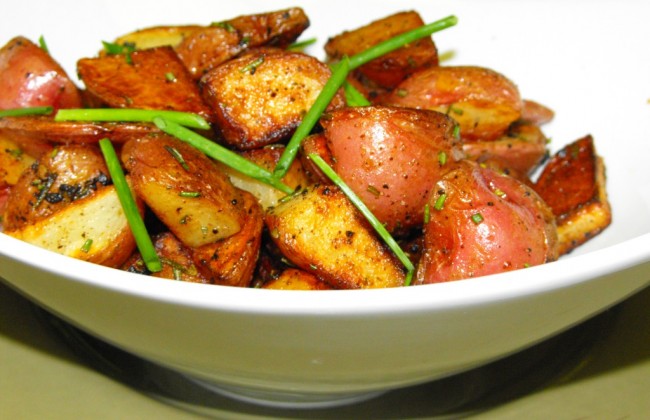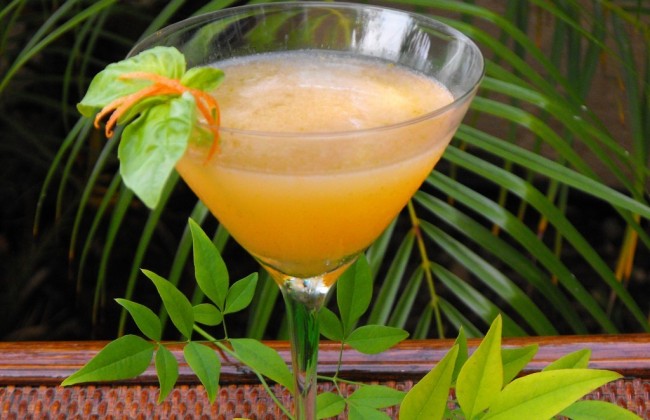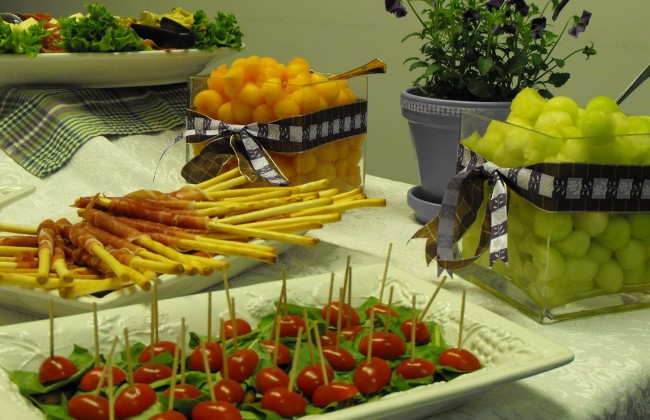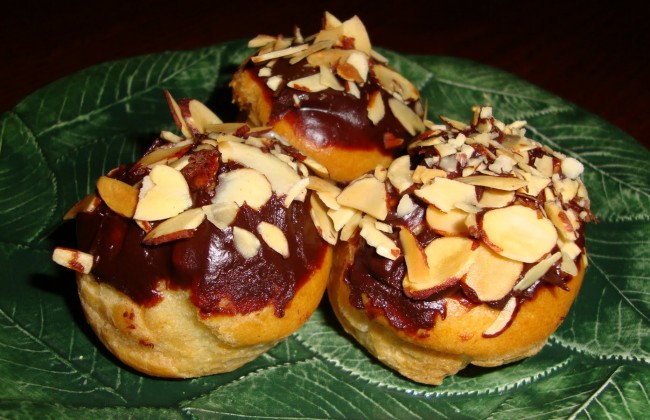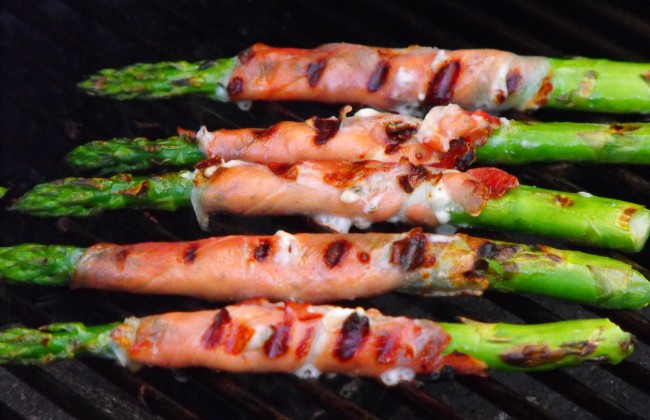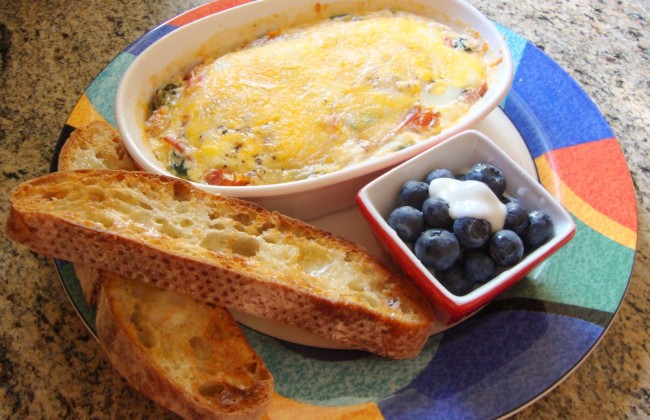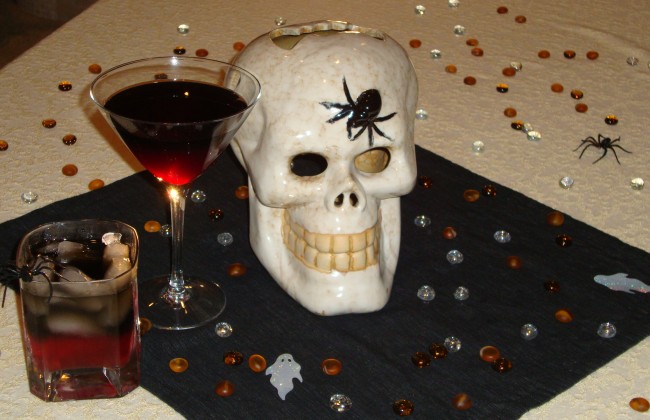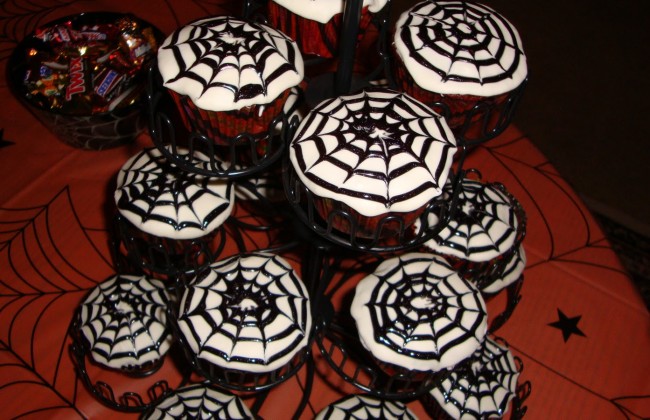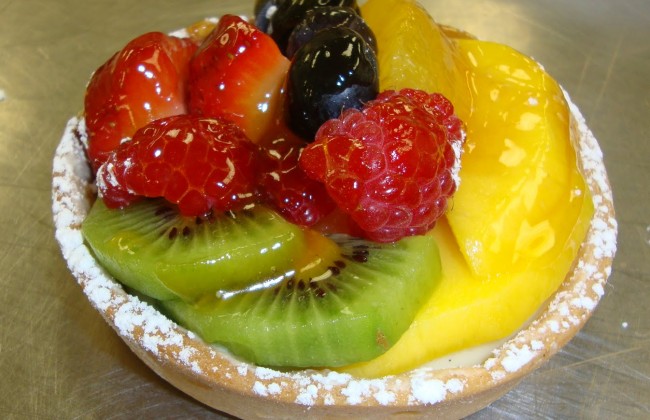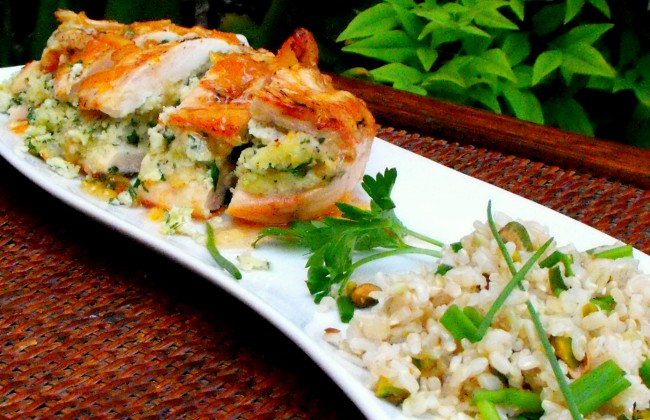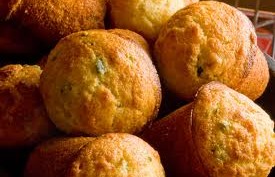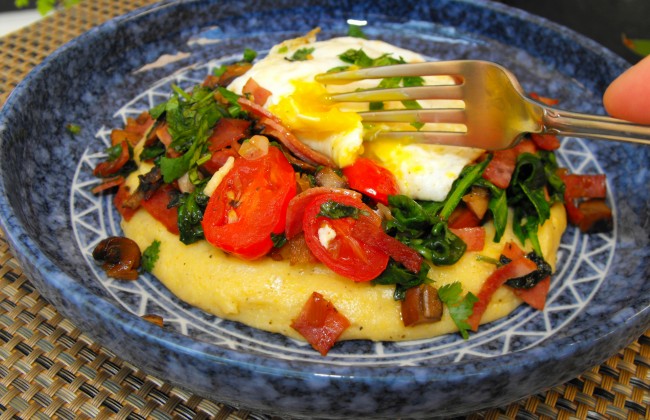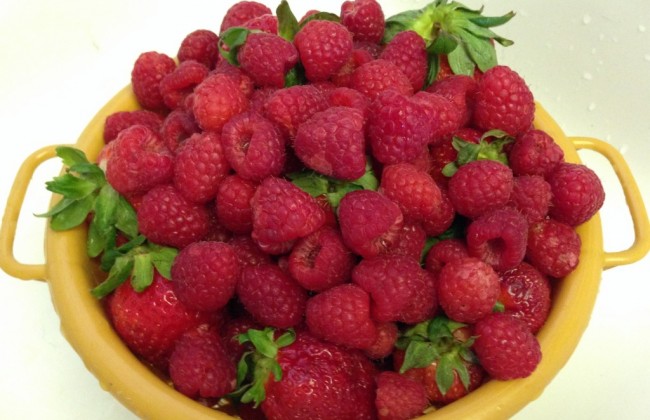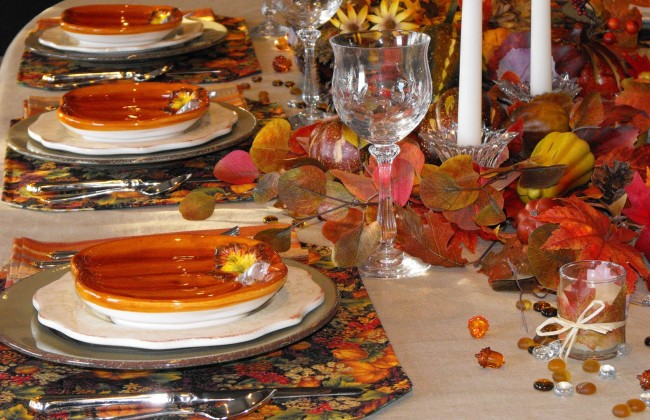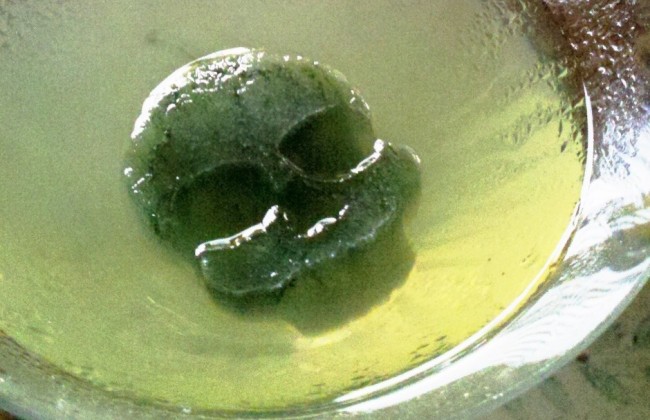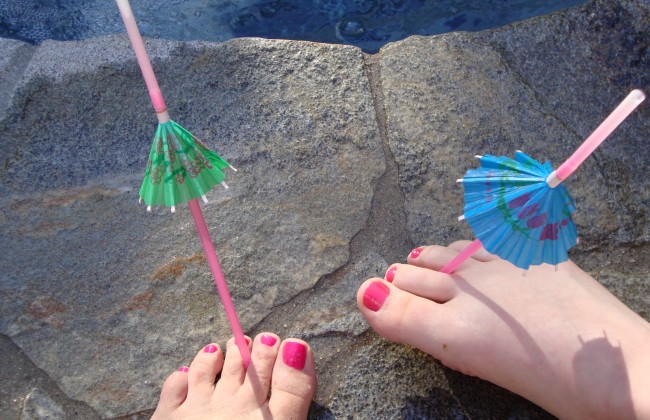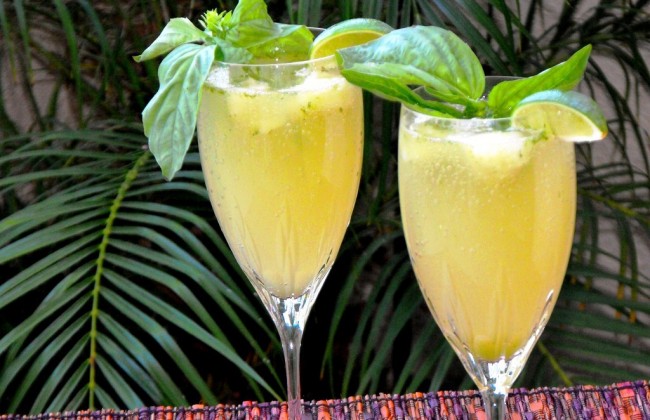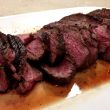Everyone has their favorite Italian food, mine just happens to be in the style of Northern Italy. Risotto and polenta are more popular than pasta here and with me too. The cuisine is characterized by the use of butter over olive oil and cheeses for cream sauces….channeling my inner Julia! Barolo, Barbaresco, Brunello di Montalcino …I know Brunello is an overlap from Tuscany but I love it! (colloquially known as the “Killer B’s”) and a few nice sparklers are some of my favorite wines of this region. Come savor a few of my favorite things!
Northern Italy encompasses 8 of the countries 20 regions: Emilia-Romagna, Friuli-Venezia Giulia, Liguria, Lombardia, Piedmont, Trentino-South Tyrol, Asota Valley and Veneto. These eight regions boast the nation’s highest standard of living and the richest diet in terms of variety and abundance. The plains which extend along the Po River and lesser rivers from the Piedmont to the northern rim of the Adriatic are prolific with grains, corn, rice, fruit, livestock and dairy products. Italy is home to some of the oldest wine-producing regions in the world. Vineyards on the slopes along the great arc formed by the Alps and Apennine mountains are Italy’s prime source of premium wine. The 8 northern regions produce about a third of the wine of Italy but they account for more than half of the DOC (controlled designation of origin) and DOCG (controlled designation of origin guaranteed) wines produced. These designations are a quality assurance label for Italian food products, especially wines and various cheeses. They require a food product be produced within the specified region using defined methods and that it satisfy a defined quality standard.
Emilia Romagna, known as “Italy’s Food Basket”, produces some the country’s most famous foods, including Prosciutto de Parma, Mortadella, Parmigiano-Reggiano cheese and Balsamic Vinegar. Cooks here are especially skilled at making stuffed pasta by hand, served with the famous Bolognese meat sauce (Ragu). My personal favorite, and I make a combo of mine and my husbands favorite (Puttanesca) Puttanesca Bolognese Sauce.
Aceto Balsamico, or balsamic vinegar, is produced exclusively in the province of Modena by the same time honored method used for centuries. It is made from the must (fresh juice) of the wine grapes, most commonly from the Trebbiano grape (used in my favorite wines too). A panel of experts approves a balsamic vinegar to be labeled as special after aging for 12 years and extra special after aging for 25 years to ensure the quality of these prized vinegars from Modena are maintained.
Lambrusco, sometimes humorously referred to as the Coca Cola of wines because of it’s light, bubbly nature and it’s a favorite to eat with pizza. Lambrusco’s are made in the Charmat method with a second fermentation done in pressurized tanks.
Slavic, Austrian and Hungarian influences make the cuisine of Friuli-Venezia Giulia unique from the rest of Italy’s cuisine. Viennese sausage, goulash, cabbage soups and strudel pastries come from years under Austro-Hungarian rule. The region is known for its vast cornfields, which feed the areas demand for polenta. When boiled, polenta has a creamy texture, caused by the presence of starch molecules dissolved in water. I do love polenta with cheese!
The region’s wine is noticeably different from other Italian wines too. They are made using mostly non-traditional grape varieties such as Sauvignon Blanc, Riesling and Pinot Bianco, but also some quintessentially Italian grapes such as Pinot Grigio and the region’s own Picolit. The resulting wine varies depending on whether it’s made in the Mediterranean climate in the south or the alpine continental climate in the north. Typically it is fresh and fruity in style, as might be expected from a cool-climate wine zone.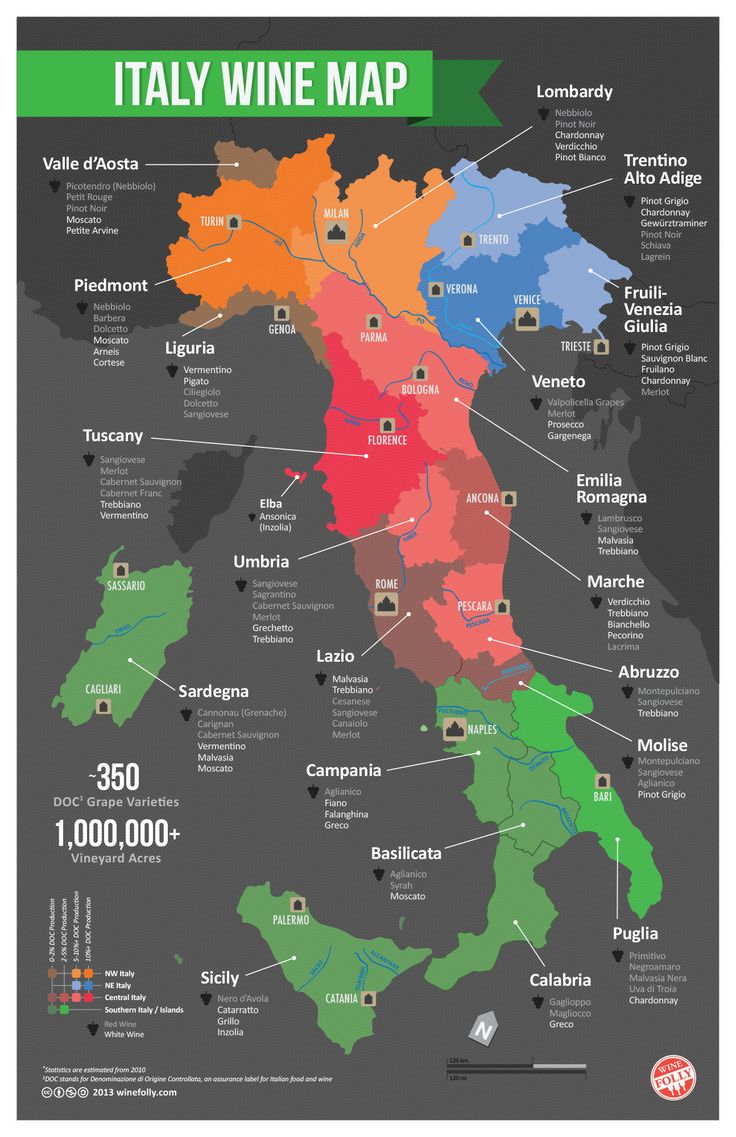
The cuisine of Liguria is called Cucina del ritorno, or “homecoming cooking” as a tribute to sailors returning home after months at sea. Fish dominates the menu and can be found in soups, stews and salads. The most famous of all culinary works from Liguria is basil pesto sauce. Because the salty air and humidity makes it difficult to bake good bread and keep it from spoiling quickly, focaccia was devised as bread alternative.
Liguria is generally known for its wines made from the local white grape Pigato, whose name is thought to derive from the spots (pighe) that appear on the mature grapes. This variety gives wines a fragrant nose reminiscent of the Ligurian landscape’s pine-wood and sea-salt aromas, as well as an underlying minerality. Perfect for pairing with seafood!
Lombardia, the region’s capital city of Milan is the most modern and cosmopolitan of cities and the cutting edge of fashion. Lombardia is a major gourmet epicenter with the highest concentration of Michelin starred restaurants in Italy. Lombardia is known for its rice dishes including Minestrone alla Milanese, made with vegetables, rice and bacon, and Risotto alla Milanese, a creamy dish of short grain rice cooked with meat stock, saffron and cheese. Meat, especially veal, is most popular. The internationally renowned dish Osso Bucco, “hole in the bone”, is a veal shank braised in tomato, onion, stock and wine, then topped with gremolata, a garnish of chopped parsley, garlic and lemon zest. The choice morsel in Osso Bucco is the bone marrow clinging to the hollow of the bone.
Regional Lombard cheeses include the blue veined Gorgonzola, the creamy and mild Bel Paese, Mascarpone (used in Tiramisu) and the surface ripened Taleggio cheese. Panettone, jeweled with candied fruits (particularly citrus), is the cherished Italian holiday bread from this region.
While Prosecco is deservedly famous for its easy going bubbly, Franciacorta is well known to wine lovers for its ultra premium and much more expensive bubbly (more akin to Champagne). The DOC Terre di Franciacorta is for dry red and white wines, while the DOCG is for the bubbly.
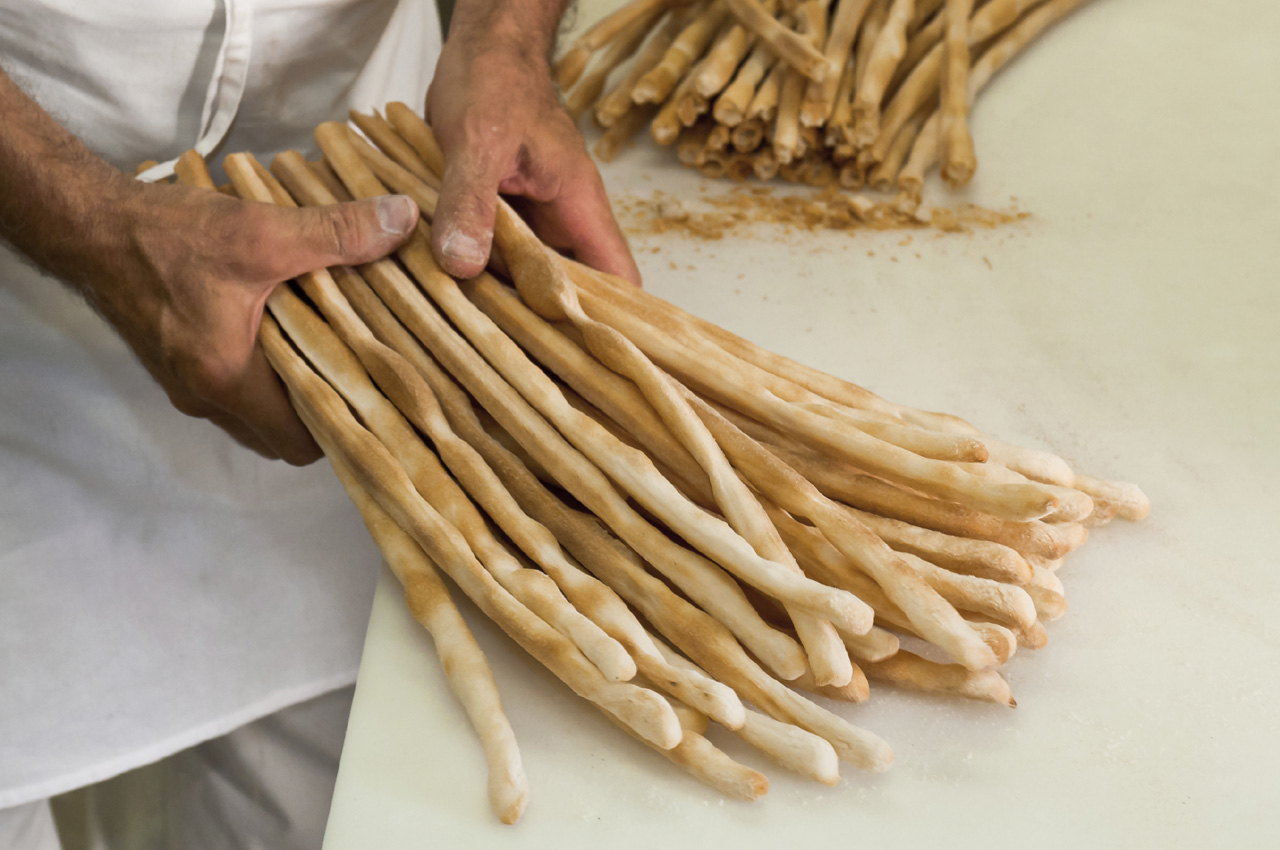
Piedmont means “the foot of the mountains”. Although culinary influences from neighboring France can be seen in the regional cuisine, Piedmontese cookery has a very distinct style all to itself. Grissini, my favorite skinny little bread sticks, originated in Torino in Piedmont, a region of northwest Italy. Grissini were actually invented around the end of the 17th century to cure the health problems of young Duke Vittorio Amedeo II of Savoy. Once baked, the thin bread sticks were crisp and easy to digest. Among the greatest fans of grissini was Napoleon Bonaparte, who at the beginning of the 19th century, founded a stagecoach service between Torino and Paris mostly dedicated to delivering him what he called les petits batons de Turin, “ little sticks of Turin”.
The white Alba truffle is considered the most delicious and sought after truffle in the world. An uncultivated mushroom, this valuable truffle can only be found between the months of November and February in a few spots in France and Italy, including the Piedmont region. Italians eat them raw, shaved paper-thin over egg dishes, in pastas dressed only with butter and cheese, fonduta (fondue), risotto and other light foods. The Barolo and Barbaresco regions of Southeastern Piedmont, are in a hilly area known as the Langhe. The major town in the Langhe is Alba. In fact, Alba sits right between the Barolo and Barbaresco regions; Barolo lies southwest of Alba, while Barbaresco is slightly northeast of the town. Fine wines and white truffles make good neighbors!
Trentino-South Tyrol are divided into two distinct areas. Alto Adige is in fact South Tyrol, part of Austria before the First World War. The differences are immediately noticeable in the cuisine. In the north, the prevailing flavors are those of the Austrian tradition of many spices, Knödel, and dark rye bread covered with poppy seeds. The cuisine of Trentino, on the other hand, has a typical imprint of Italian Alps. The two territories do have in common quality wines and the care for the ever-present vineyard. In Trentino, Chardonnay, and, to a lesser extent, Pinot Noir, is the main grape of the DOC, and used in the production of sparkling wines. Cross over to South Tyrol and you will find granitic soils, which give great flavor and texture to Sauvignon, Pinot Grigio and a few Merlots.
The capital of the Veneto region is Venice. The very wealth of Venice is built, in part, upon two of our most basic cooking ingredients. Salt and pepper were hot commodities controlled in great measure by the Venetian Republic. A global network of trading partners and merchants (including Marco Polo) dominated the sugar, spice, coffee and grain business. Radicchio di Trevisio, a bitter red chicory, is an enormously popular ingredient that works well with creamy risotto or grilled in olive oil over charcoal. Sopressa is a finely ground pork sausage, traditionally made form pigs fed on chestnuts and potatoes.
Rice plains produce risotto flavored with local wines, Risotto all’Amarone, cheese or vegetables, including fragrant white asparagus. Seafood includes Scampetti (shrimp), sardines, marinated anchovies and pasta with nero di seppia (squid ink). Boiled meat dishes are served in Padua with spicy sauces and mustards. Tiramisu is a well-known dessert with Veneto origins.
Veneto is among the foremost wine-producing regions, both for quality and quantity. The three most well known are Bardolino, from the town with the same name and surrounding the shores of Garda Lake, Valpolicella, (another favorite of mine) and Soave.
Our last stop on the cooking tour is Valle d’aosta (Asota Valley) the smallest region in Italy but with the highest mountains in Europe (Monte Blanc) and the cooking styles incorporate both French and Swiss influences. As with most northern regions, polenta is a part of the staple diet. Fontina cheese, a semi-cooked, straw colored cheese is used to make Fonduta, fondue. You will also find a considerable amount of meat served in Valle d’aosta, thanks to the local hunting tradition. Many of the dishes are based on French preparations, like cooking game by marinating it with wine, herbs and onions. Carbonade, another classic dish of the region, is a stew of salt-cured beef, red wine and spices usually served over polenta. The wines of the region come from a few familiar grapes (pinot noir, nebbiolo, gamay) and a whole host you rarely see anywhere else, like fumin and cornalin, petit rouge and prié.
Ah, at last it is time for some comfort food and a lovely glass, or bottle of wine. Nothing says comfort quite the way a steaming bowl of stew does. And when you pour it over some creamy polenta, it tastes like a big hug from your Italian Mama! Mangia!
Italian Beef Stew Over Polenta
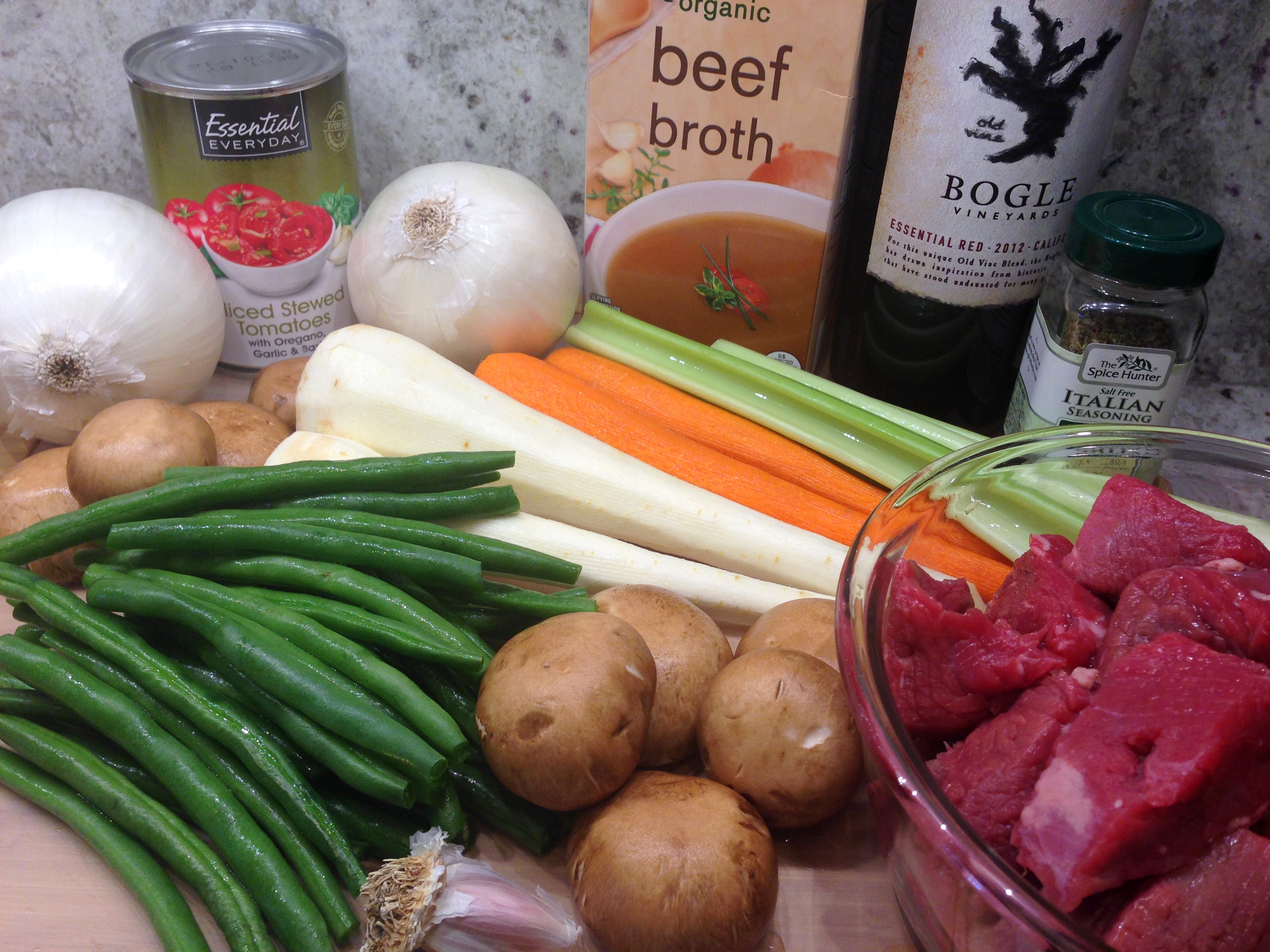
Garden fresh vegetables, wine and beef both is the beginning of a very rich and beautiful dinner. Chop the vegetables and you are almost done “cooking” dinner. Oh how I love the crock pot!
Heat olive oil in a large skillet over medium-high heat. A hot skillet will give you a quick sear and not dry out the meat. Most home cooks don’t heat the pan hot enough. Pat the cubed stew meat dry before dredging in flour so it will brown and not “boil” because the meat is wet. Dredge the beef cubes in seasoned flour.
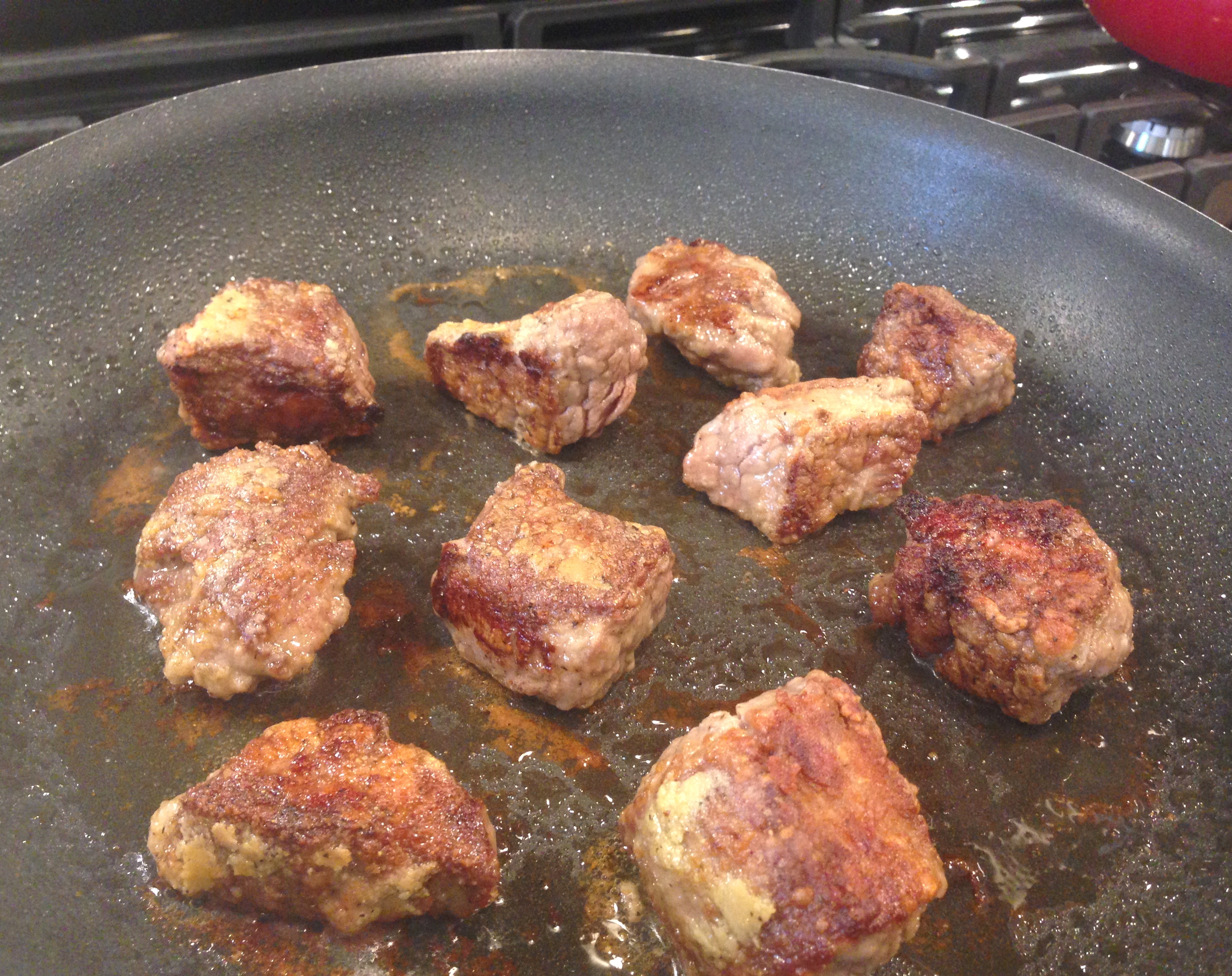
As Julia Child would say, “Don’t crowd the beef (or the mushrooms)!” Cook the beef in batches in hot oil until completely browned. Add a drizzle of oil if you need to.
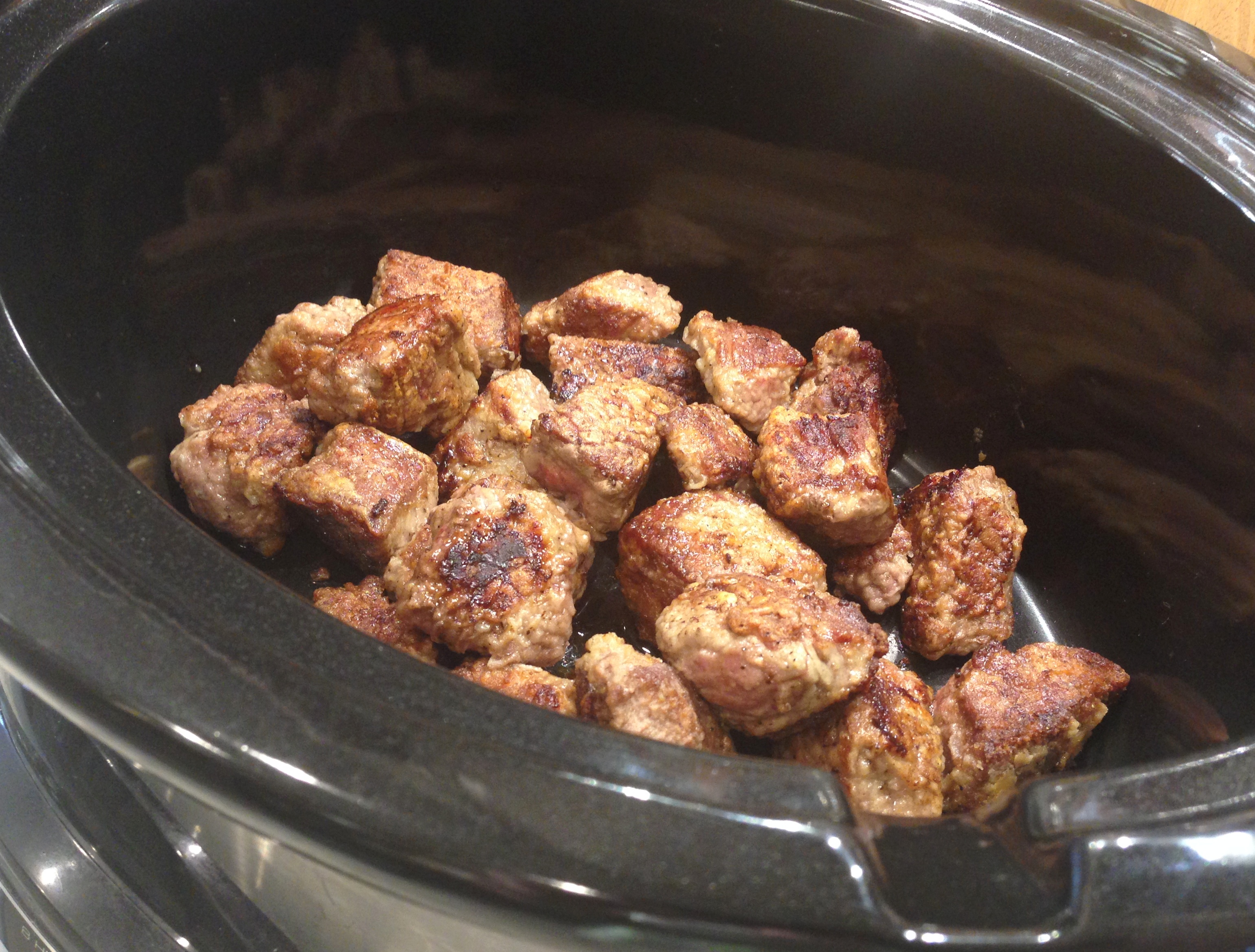
The flour will help thicken the stew as it cooks in the crock pot. Remove browned beef cubes and crock pot your beef!
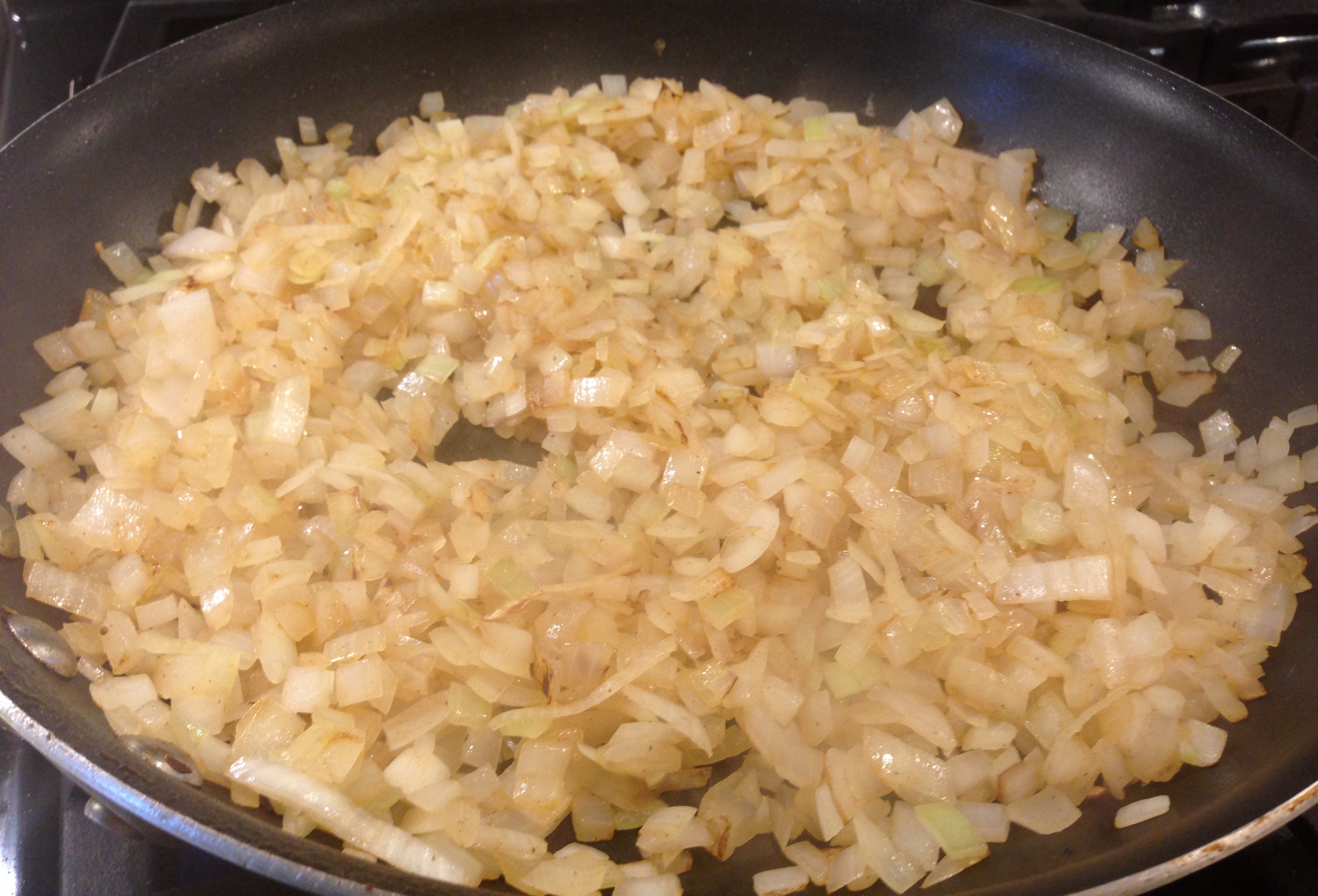
Add a drizzle of olive oil and cook the onion in the same skillet you used for the beef until softened, 3-4 minutes. The moisture in the onion will release the browned bits off the bottom of the pan. Pour onions into the crock pot.
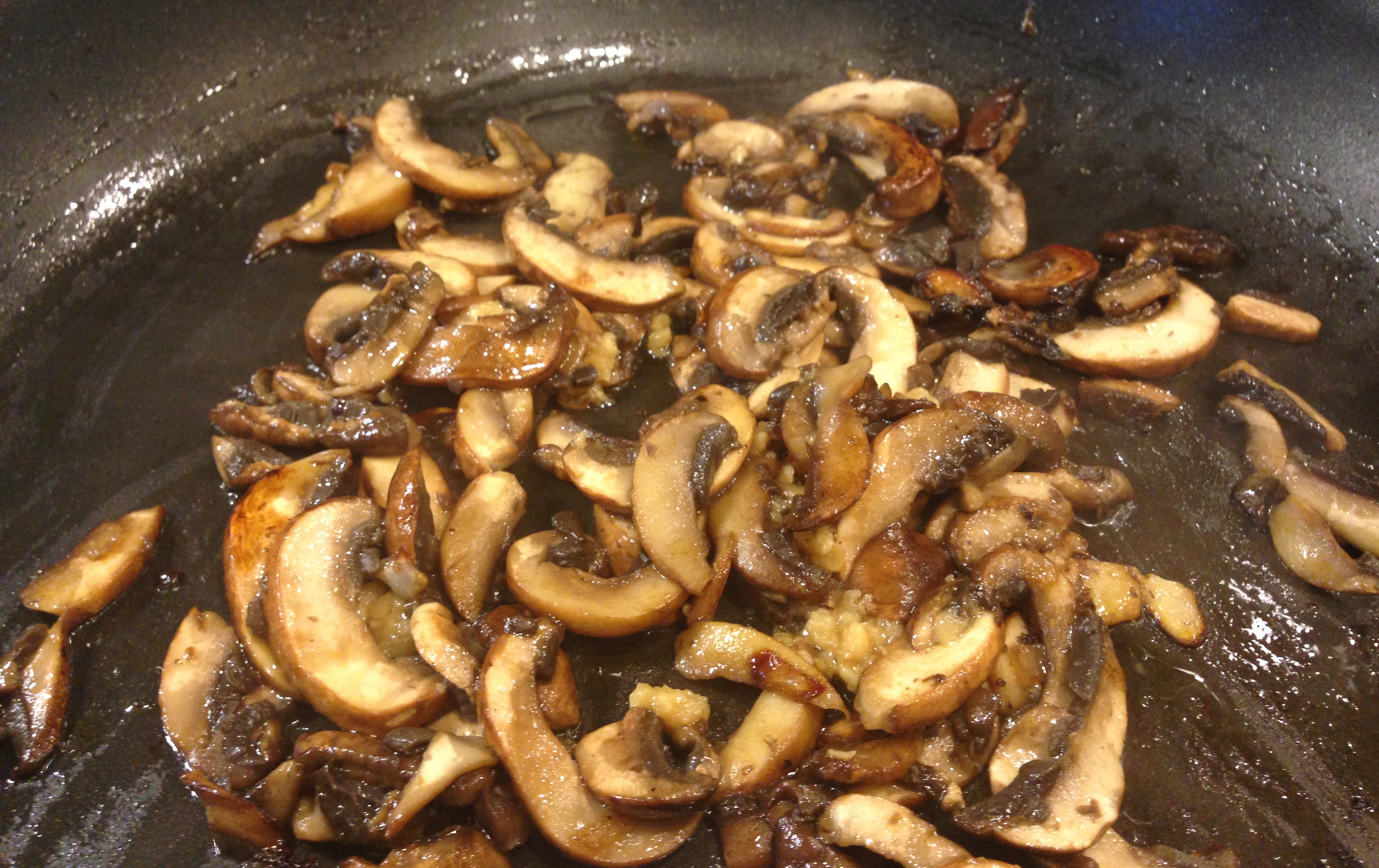
Add a drizzle of olive oil and add the mushrooms and garlic into the onion mixture and cook until the mushrooms start to brown around the edges. Add the Italian seasonings, salt and pepper and stir to combine.
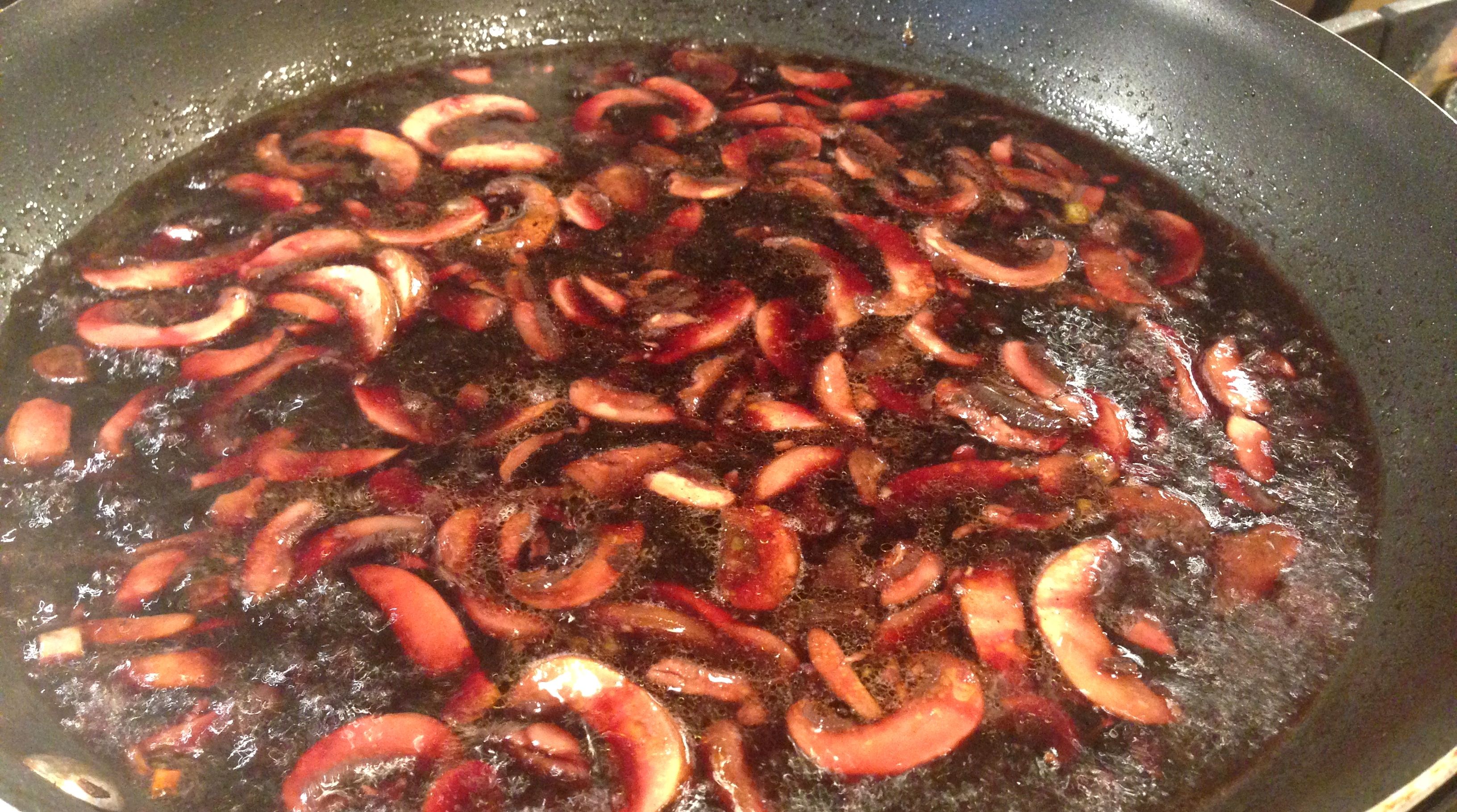
Pour red wine into the pan and bring to a boil to cook off the alcohol, about 2 minutes. Pour the wine mushroom mixture into a crock pot.
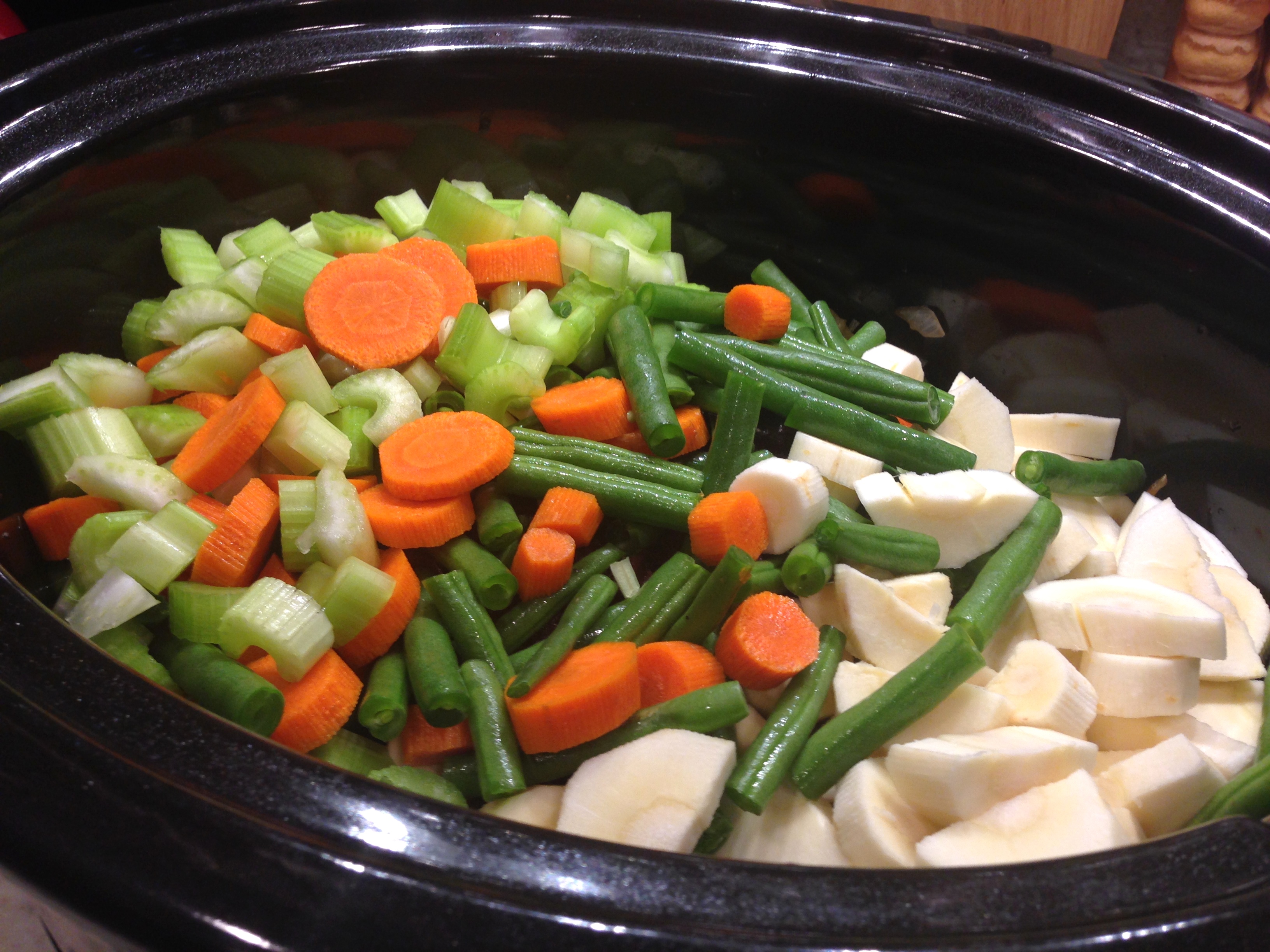
Add the carrots, celery, parsnips and green beans to the pot. Isn’t this the picture of health?
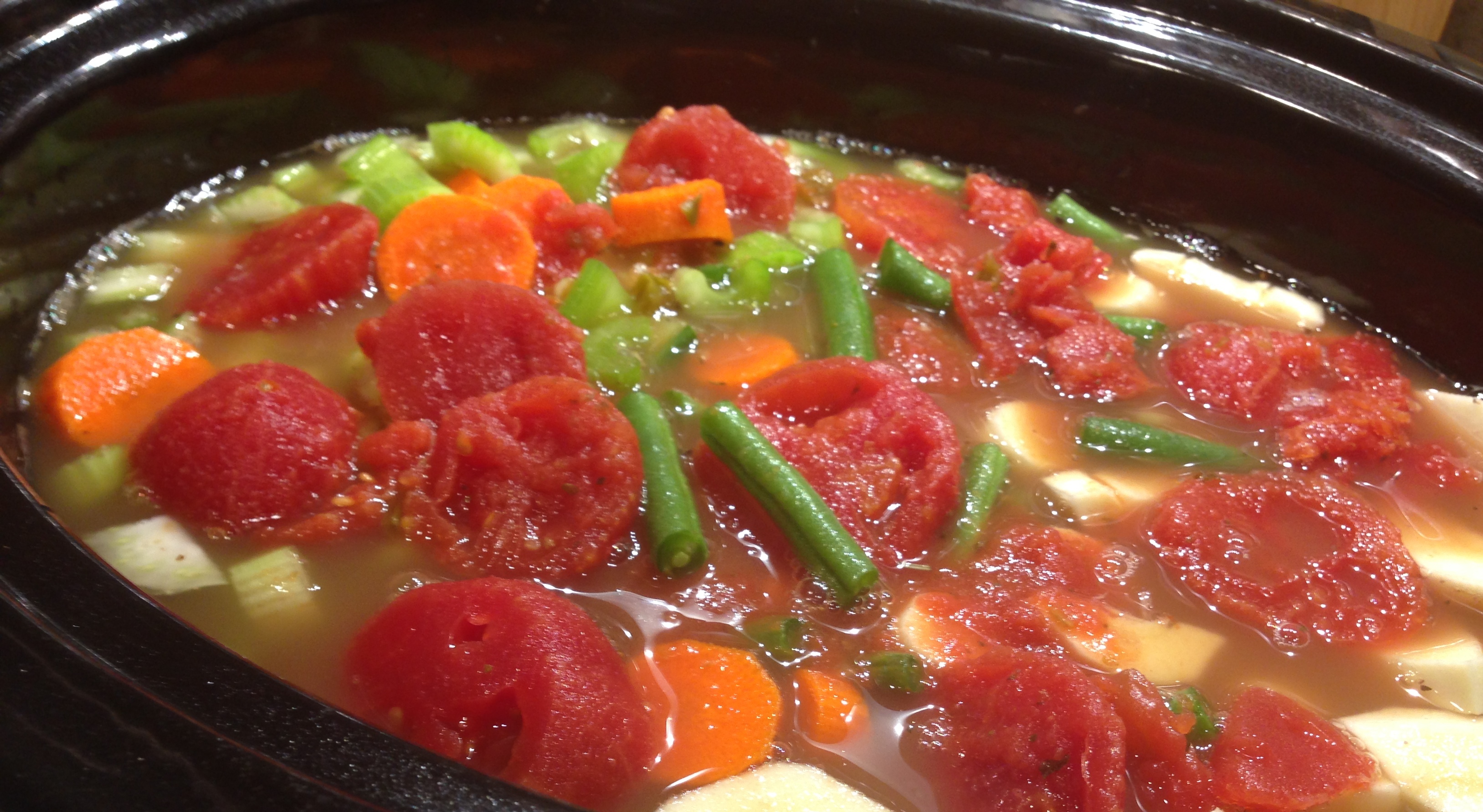
Pour beef stock and tomatoes over the mixture. Now that’s a happy soup pot!
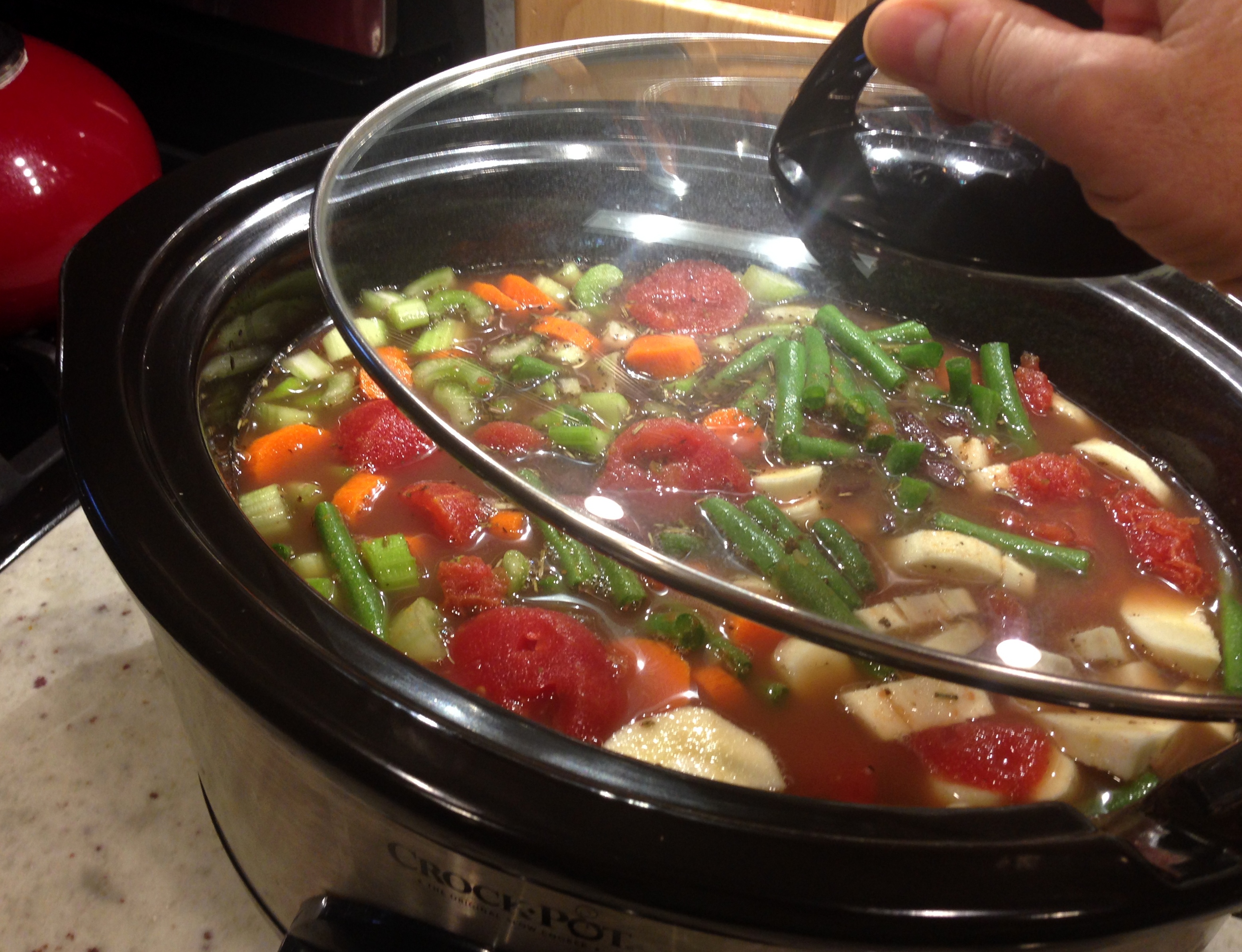
Turn the crock pot on LOW for 10-12 hours(great for over night cooking) or on HIGH for 6-7 hours (start it in the morning) or until the beef is very tender and the sauce is thick.
If I make this during the week, I’ll start it at night after dinner and out it in the refrigerator in the morning to reheat that night. If it’s a weekend, I’ll start it in the morning for dinner that night. Love a meal with a schedule as flexible as mine!
Creamy Italian Polenta
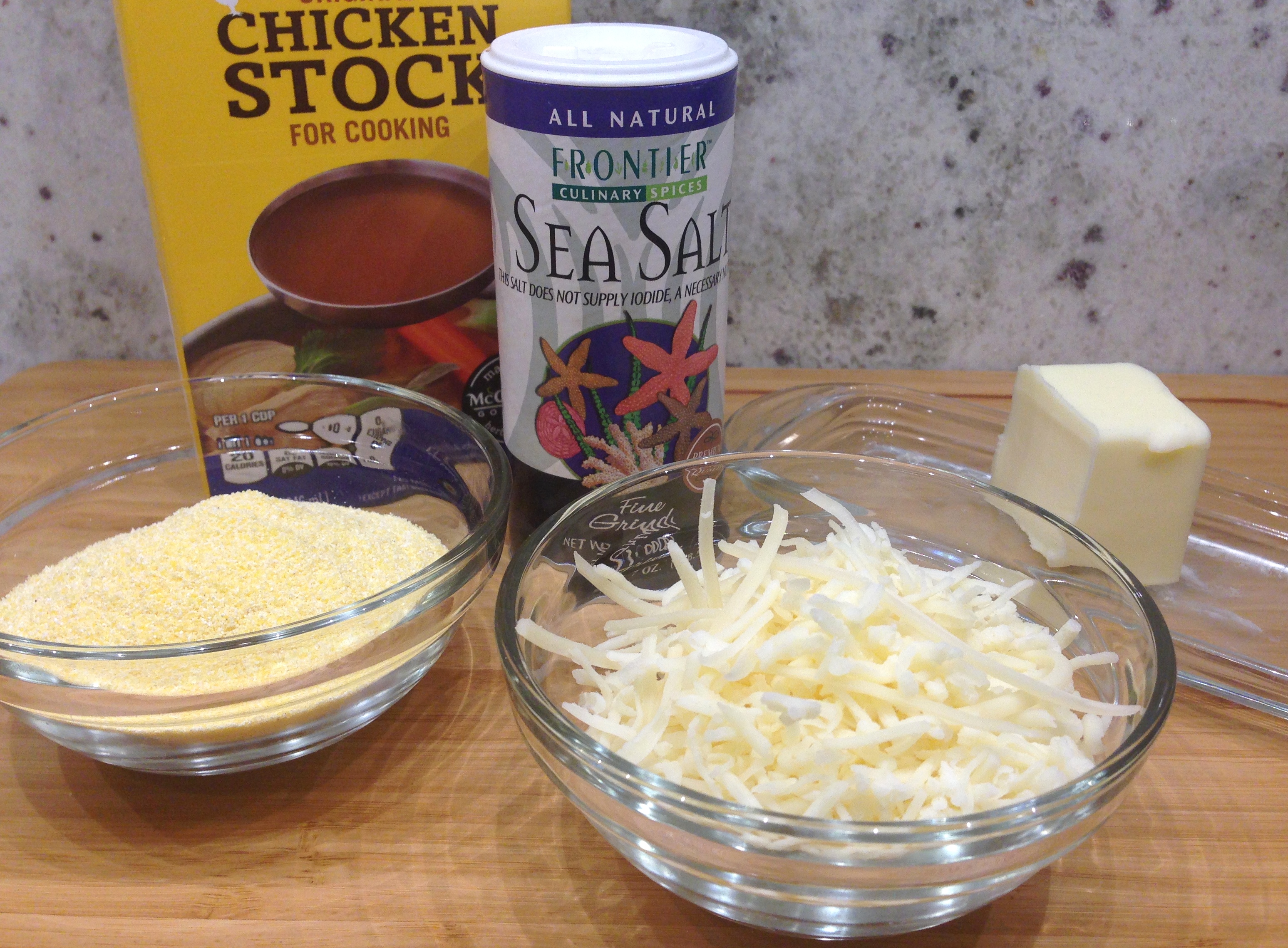
The ingredients for polenta couldn’t be simpler but the flavor is great! Creamy cornmeal with cheese, I could eat it right off the spoon! And it is the fastest starch type component you can make so dinner is ready fast!
Bring water and stock to a boil. Reduce heat to low.
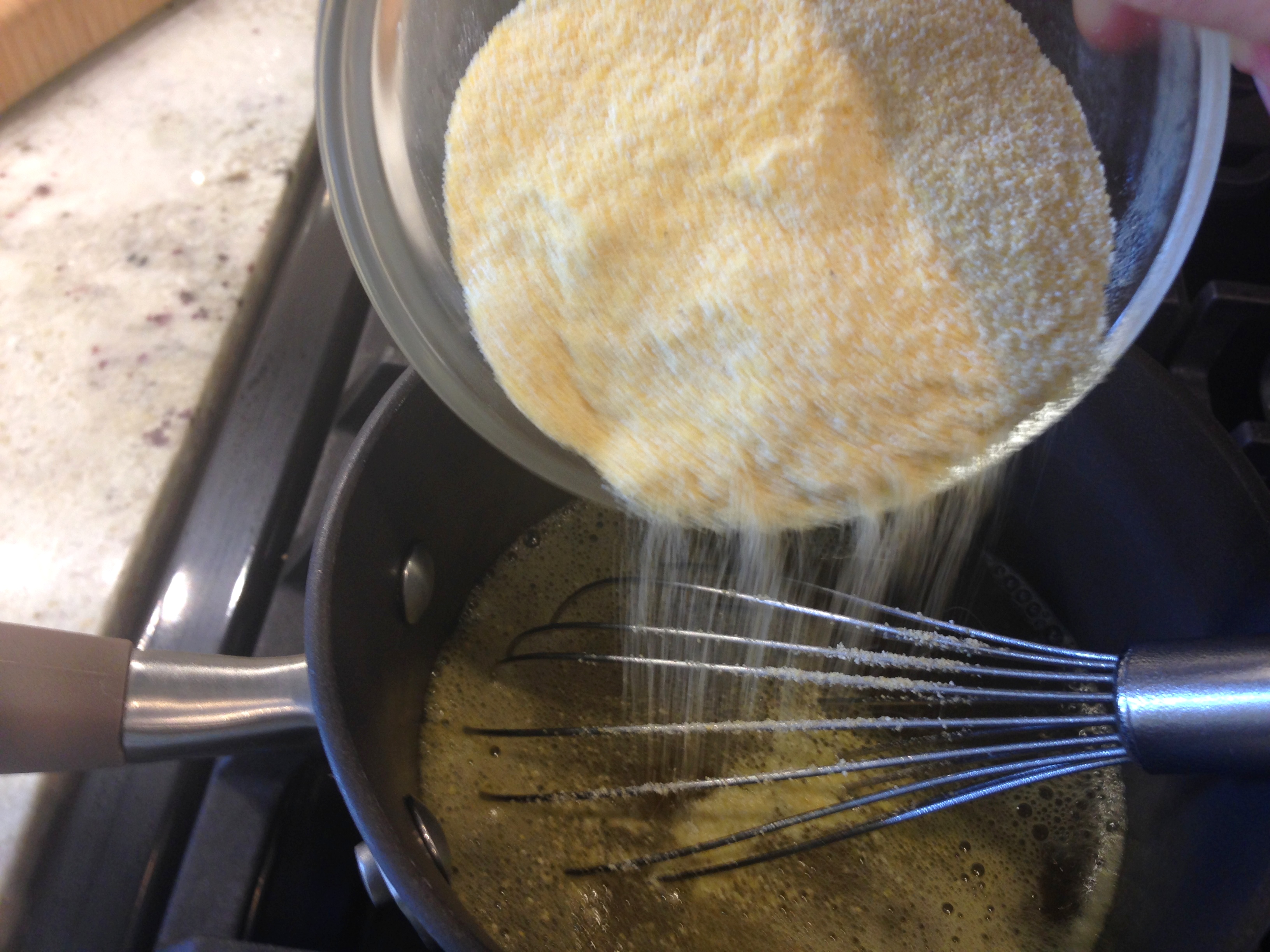
Add cornmeal, a little at a time, whisking constantly so you don’t get lumps. You are adding the cornmeal as if you are sprinkling it into the pot. Do Not Dump It or you can Lump It!

After all the cornmeal has been added and incorporated, turn up the heat to medium. The heat should be high enough to cause bubbles to rise to the surface.
Cook 5-10 minutes, stirring constantly. The bubbling cornmeal will pop out of the pot if you don’t stir it and it will stick to the bottom of the pot too. While stirring, pull the cornmeal away from the sides and up off the bottom of the pot.
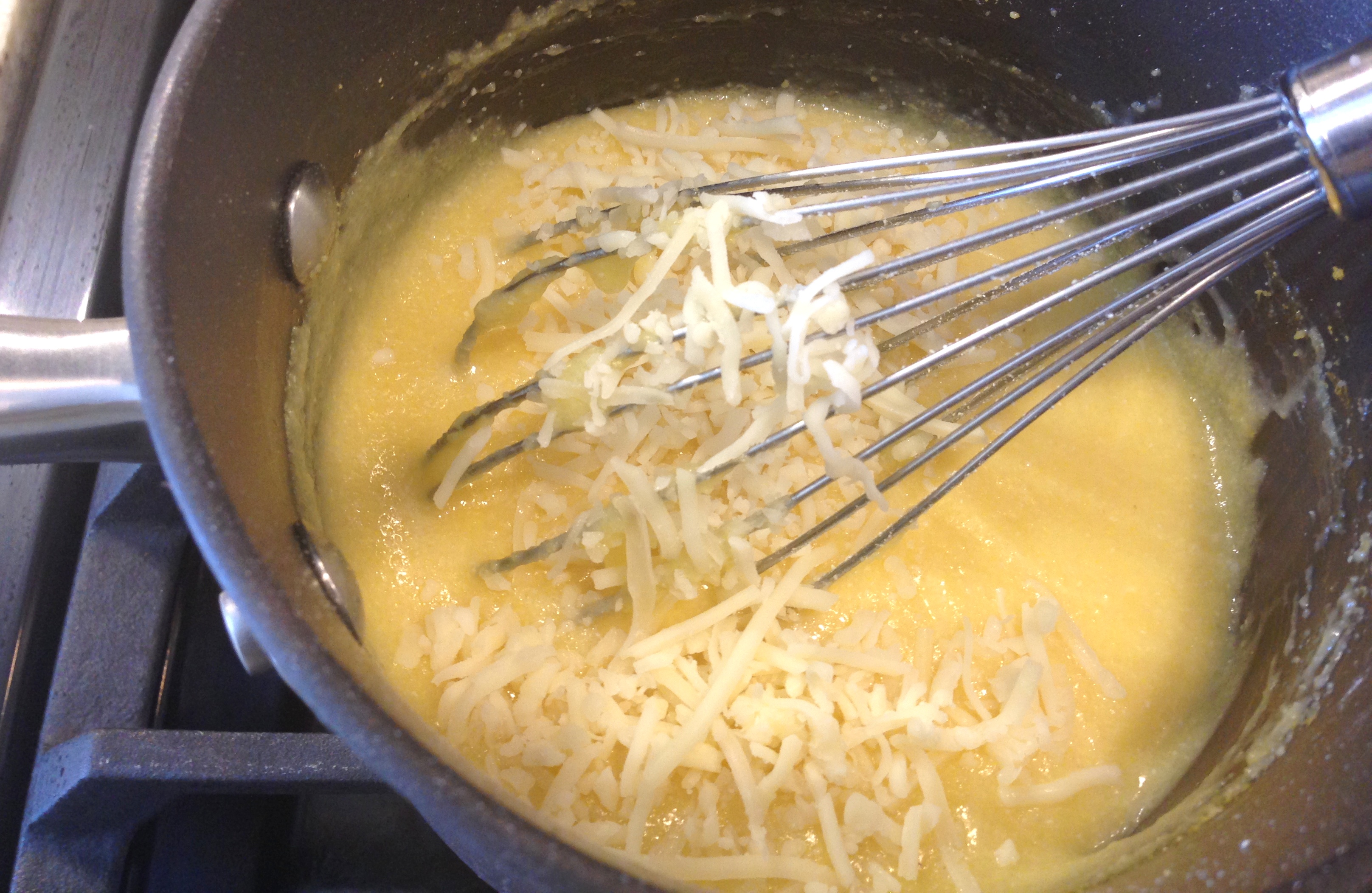
When cooked, pull the cornmeal off the heat and add the butter and cheese. Taste and adjust seasonings. Remember cheese is salty so taste before adding salt. Serve hot and creamy! It really is that easy!
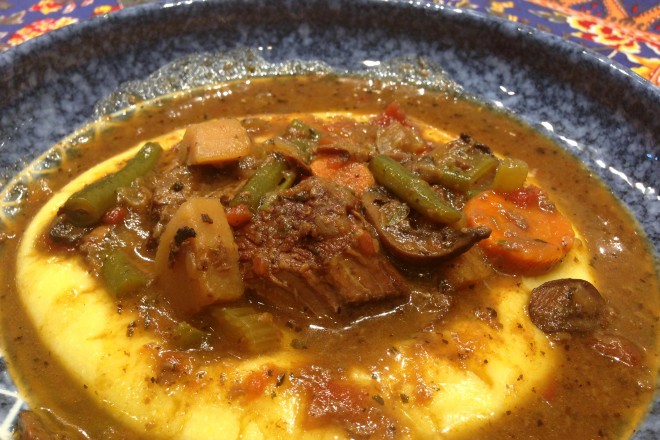

- 2 tablespoons olive oil
- 2 pounds stew meat, 1-inch cubes
- 1/3 heaping cup of flour seasoned with salt and pepper
- 2 large sweet onions, diced
- 1 pound cremini "baby bella" mushrooms, sliced
- 2 tablespoons minced garlic
- 2 tablespoons Salt-free Italian Seasoning (includes basil, rosemary, thyme, marjoram, sage, oregano)
- 1 teaspoon salt
- 1/2 teaspoon pepper
- 2 cups dry red wine
- 3 stalks of celery, large slices
- 2 large carrots, peeled and cut into large rounds
- 2 parsnips, peeled and cut into large rounds
- 1 cup Fresh Green Beans, cut in thirds (bite size)
- 1 quart beef stock
- 1 can (14.5 oz) stewed tomatoes
- Heat olive oil in a large skillet over medium-high heat. Pat the cubed stew meat dry before dredging in flour so it will brown and not “boil” because the meat is wet. Dredge the beef cubes in seasoned flour.
- As Julia Child would say, “Don’t crowd the beef (or the mushrooms)!”Cook the beef in batches in hot oil until completely browned. The flour will help thicken the stew as it cooks in the crock pot. Remove browned beef cubes and place in the crock pot.
- Add a drizzle of olive oil and cook the onion in the same skillet you used for the beef until softened, 3-4 minutes. The moisture in the onion will release the browned bits off the bottom of the pan. Pour onions into the crock pot.
- Add a drizzle of olive oil and add the mushrooms and garlic into the onion mixture and cook until the mushrooms start to brown around the edges. Add the Italian seasonings, salt and pepper and stir to combine.
- Pour red wine into the pan and bring to a boil to cook off the alcohol. Pour the wine mushroom mixture into a crock pot.
- Add the carrots, celery, parsnips and green beans to the pot.
- Pour beef stock and tomatoes over the mixture.
- Turn the crock pot on LOW for 10-12 hours or on HIGH for 5-6 hours or until the beef is very tender and the sauce is thick.
- Make the Polenta and serve.
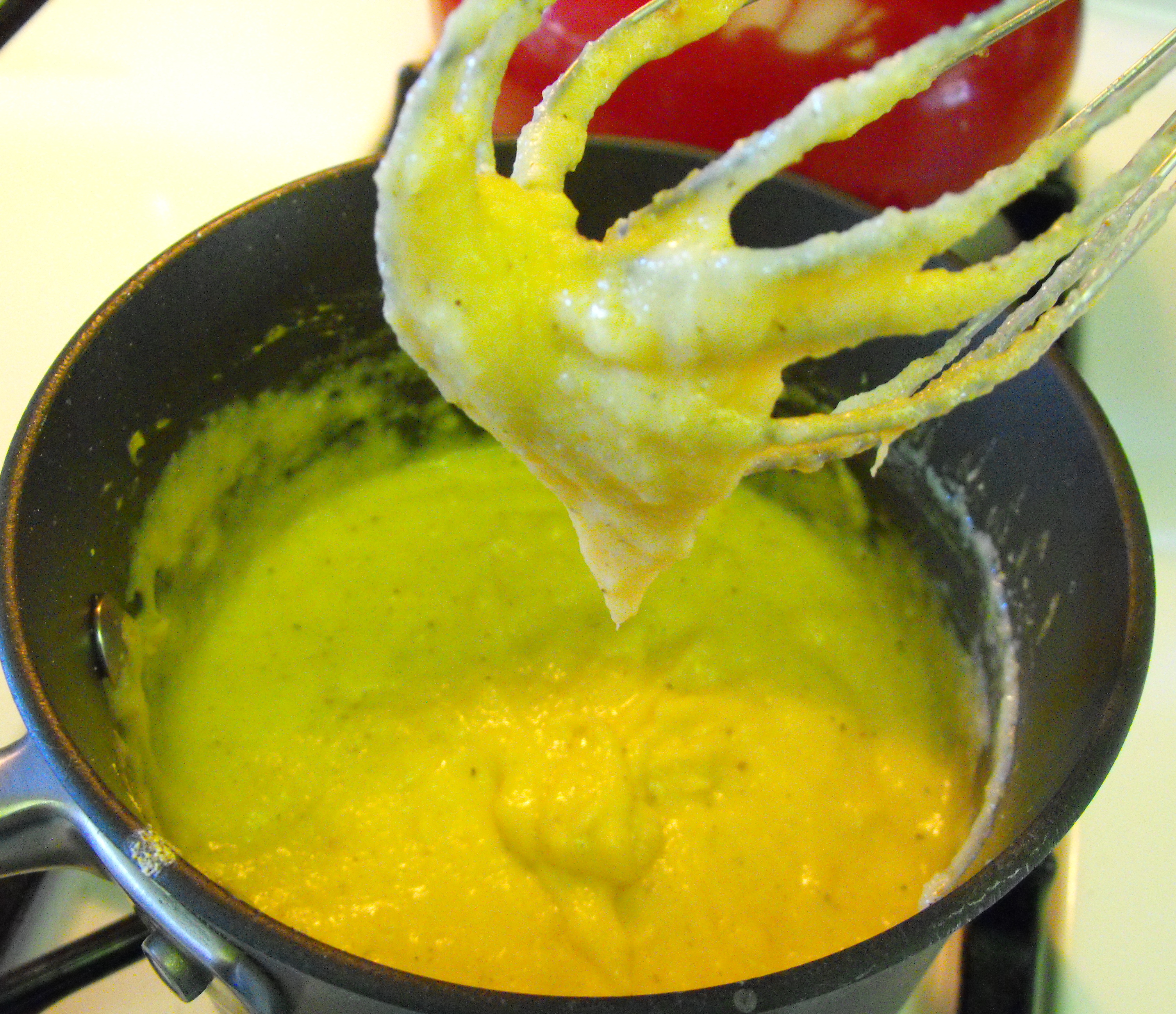

- 2 cups water
- 2 cups chicken stock
- 1/2 teaspoon salt
- 1 cup Yellow Polenta (cornmeal)
- 2 tablespoons butter
- 1/2 cup cheese, grated (parmesan, mixed Italian cheeses)
- Bring water and stock to a boil. Reduce heat to low.
- Add cornmeal, a little at a time, whisking constantly so you don’t get lumps. You are adding the cornmeal as if you are sprinkling it into the pot. Do Not Dump It or you can Lump It!
- After all the cornmeal has been added and incorporated, turn up the heat to medium. The heat should be high enough to cause bubbles to rise to the surface.
- Cook 5-10 minutes, stirring constantly. The bubbling cornmeal will pop out of the pot if you don’t stir it and it will stick to the bottom of the pot too. While stirring, pull the cornmeal away from the sides and up off the bottom of the pot.
- When cooked, pull the cornmeal off the heat and add the butter and cheese. Taste and adjust seasonings. Remember cheese is salty so taste before adding salt. Serve hot and creamy!
- I like a 4-1 ratio when making polenta. 4 liquid and 1 cornmeal. If you like your polenta thicker, then use a 3-1 ratio and you can always add a little more liquid to the polenta after it is cooked. Polenta is very forgiving!





